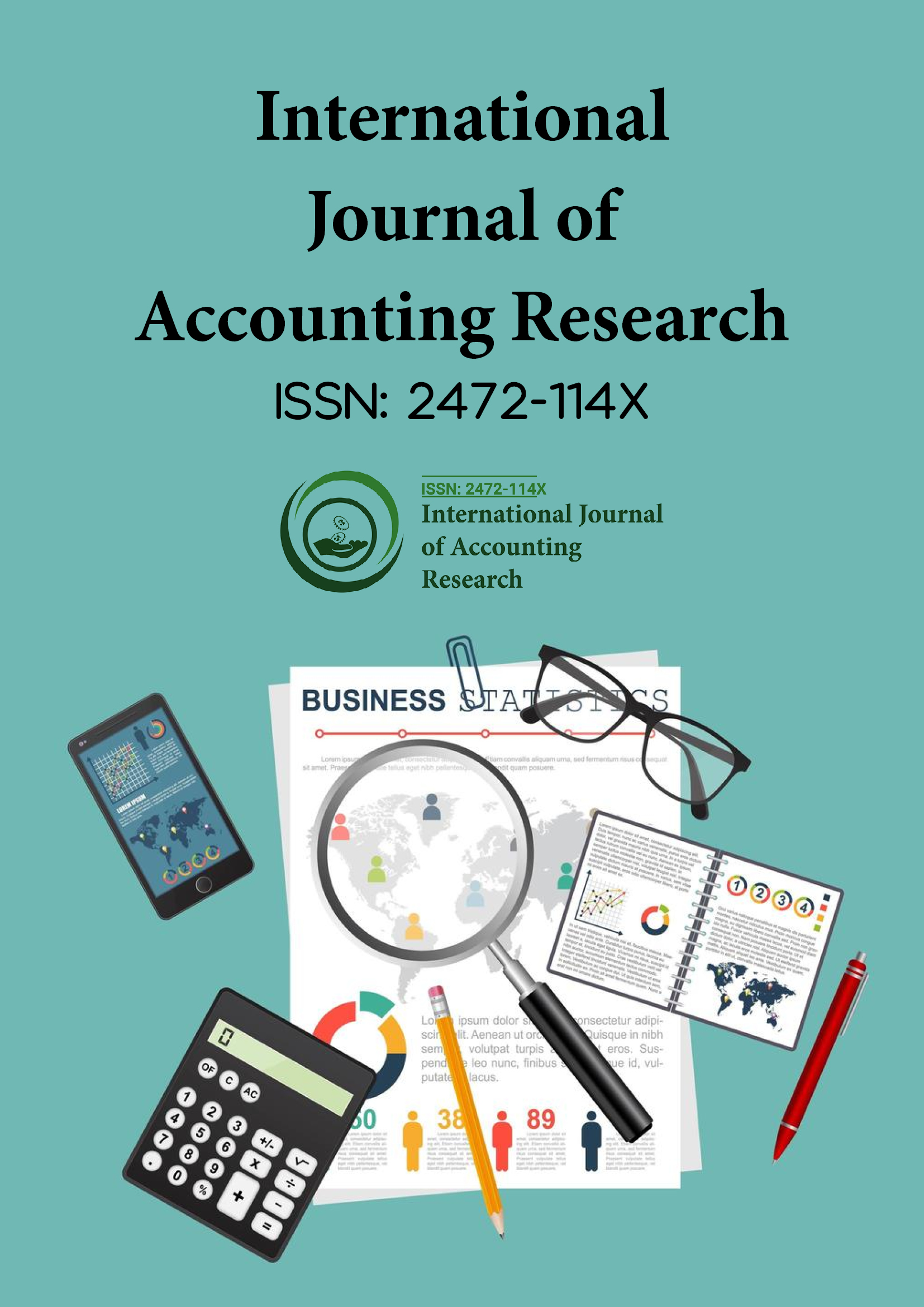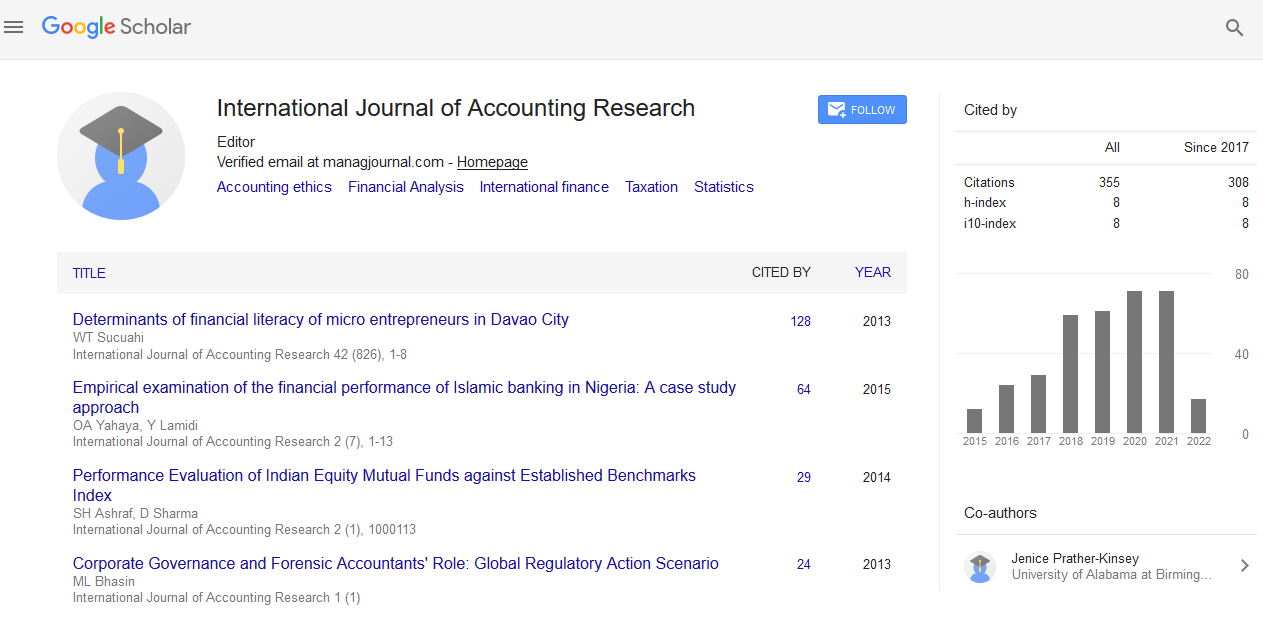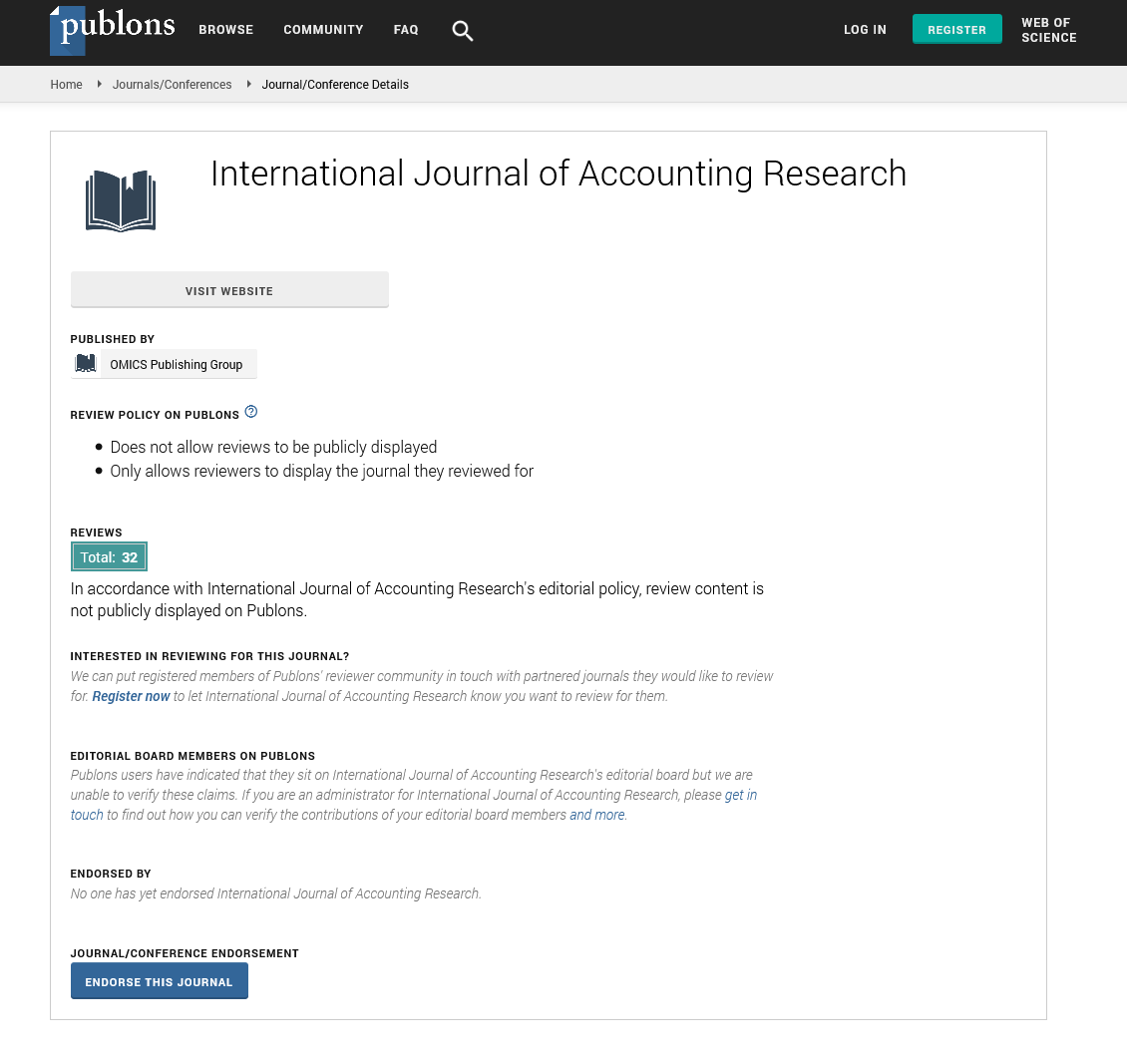Indexed In
- Open J Gate
- RefSeek
- Hamdard University
- EBSCO A-Z
- Scholarsteer
- Publons
- Euro Pub
- Google Scholar
Useful Links
Share This Page
Journal Flyer

Open Access Journals
- Agri and Aquaculture
- Biochemistry
- Bioinformatics & Systems Biology
- Business & Management
- Chemistry
- Clinical Sciences
- Engineering
- Food & Nutrition
- General Science
- Genetics & Molecular Biology
- Immunology & Microbiology
- Medical Sciences
- Neuroscience & Psychology
- Nursing & Health Care
- Pharmaceutical Sciences
Perspective - (2024) Volume 12, Issue 2
Digital Transformation in Energy Auditing
Milley Calen*Received: 03-Jun-2024, Manuscript No. IJAR-24-26326; Editor assigned: 05-Jun-2024, Pre QC No. IJAR-24-26326 (PQ); Reviewed: 20-Jun-2024, QC No. IJAR-24-26326; Revised: 26-Jun-2024, Manuscript No. IJAR-24-26326 (R); Published: 05-Jul-2024, DOI: 10.35248/2472-114X.24.12.379
Description
Energy audits are an important part of the building industry's overall energy-saving strategy. The adoption of energy audits by the European Energy Savings Directive, as well as the development and publication of various European standards for energy auditing buildings and building systems, demonstrate the relevance of energy audits. However, because current methods for conducting energy audits in buildings do not account for the most recent advances in the field of Industry 4.0 practices, building physics engineers agree that energy auditing may be updated and improved. This article proposes a new way for advancing current building energy audit tools by adapting building information.
The feasibility of a constituent energy audit technique that uses building information models to assess building energy use in relation to the building envelope. It is explored whether there is a chance for expanded use of digitization techniques in conducting energy audits, as well as the possibility of developing new tools in this field. The following primary conclusions of this study include an overview and analysis of the Industry Foundation Classes schema building information model data structure and its relationships, which will be utilized to digitize energy audit methodologies.
The research technique involves a computerized assessment of building energy consumption in relation to building envelope parameters, as well as an examination of economic and energy considerations for potential building shell improvement scenarios. In addition, the evaluation results for various environmental and financial issues are shown using the developed tool's building envelope modification function. The design and reasoning for the manufactured tool's backing are also covered. This tool is used to retrieve the data needed to conduct building energy audits.
Buildings consume a substantial amount of energy in all industrialized countries; therefore, cutting-edge energy sciences research focuses on ways to make buildings more energy efficient. Given the aging of the European Union's building stock, energy efficiency is a key concern. The European Commission's renovation wave operation aims to significantly reduce energy usage and emissions. When it comes to renovations, energy audits are vital in the early phases of the building retrofitting process. The purpose is to discover poor energy use and propose building alterations to minimize primary energy consumption.
It is critical to underline the importance of complex solutions following building envelope improvement in the context of diverse refurbishment procedures. To maximize the efficiency of refurbished buildings, heating, ventilation, and air conditioning systems must be improved or changed. The first step in the energy audit process is to determine the building's envelope, and this study gives a fast assessment of the impact of energy sources on the payback period for building optimization. The subsequent phase of this attempt will include a full evaluation of building systems using Building Information Modelling (BIM) documentation.
Data from BIM models, which provide reliable and sufficient information on the building materials currently in use and their properties, can be utilized to calculate energy use in detail. Using BIM-based design methods, a digital asset model is built by combining diverse architectural parts with prescribed parameters. The building model's components, which comprise the envelope geometry and the thermal resistance or thermal conductivity properties of each material layer, give adequate data to be used for the energy assessment of the building envelope.
Depending on the purpose of the assessment, the qualities ascribed to an object are machine-readable data that may be analyzed by various algorithms and used to create assessment procedures. BIM technology is expected to become more widely employed in the near future as awareness of its use grows and the construction sector is legally required to apply BIM for new project-related investments. In this context, the BIM model is designed to be used as a database for building-related data during energy audits. Furthermore, building asset data can be improved with dynamic input and linked to both virtual and physical assets via an API. BIM is referenced in relation to performing energy audits.
To enable BIM to be used as a critical information database for building energy assessment procedures, existing software must be changed or new tools must be built, as there are now no solutions on the market for this purpose. Eventually, including BIM data in the process of doing an energy audit may boost precision and efficiency while taking up less time.
Citation: Calen M (2024) Digital Transformation in Energy Auditing. Int J Account Res. 12:379.
Copyright: © 2024 Calen M. This is an open-access article distributed under the terms of the Creative Commons Attribution License, which permits unrestricted use, distribution, and reproduction in any medium, provided the original author and source are credited.


